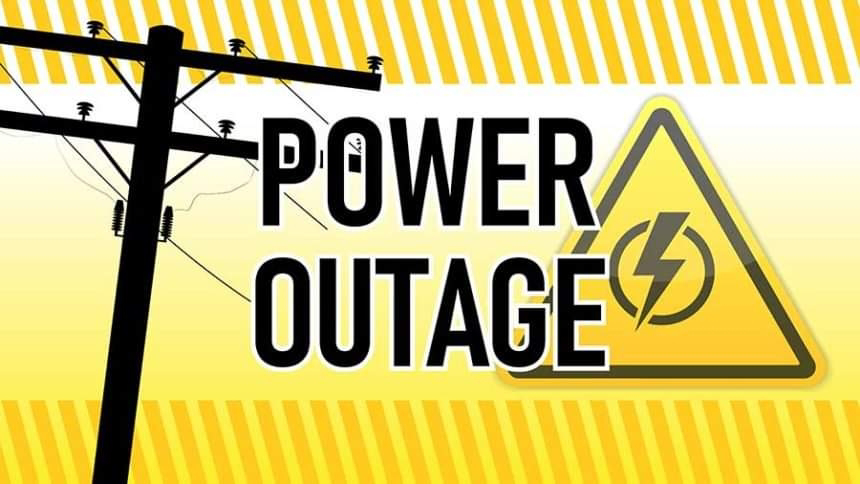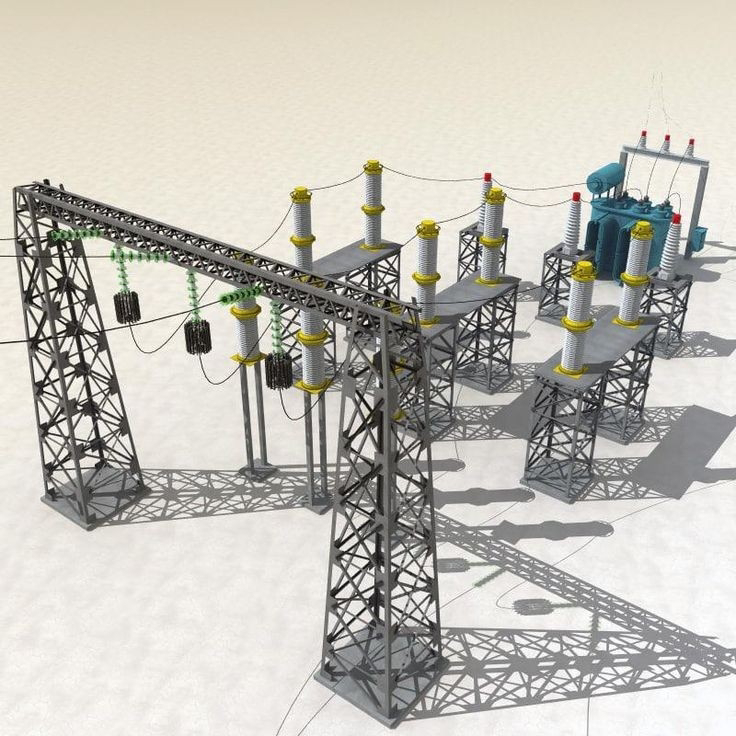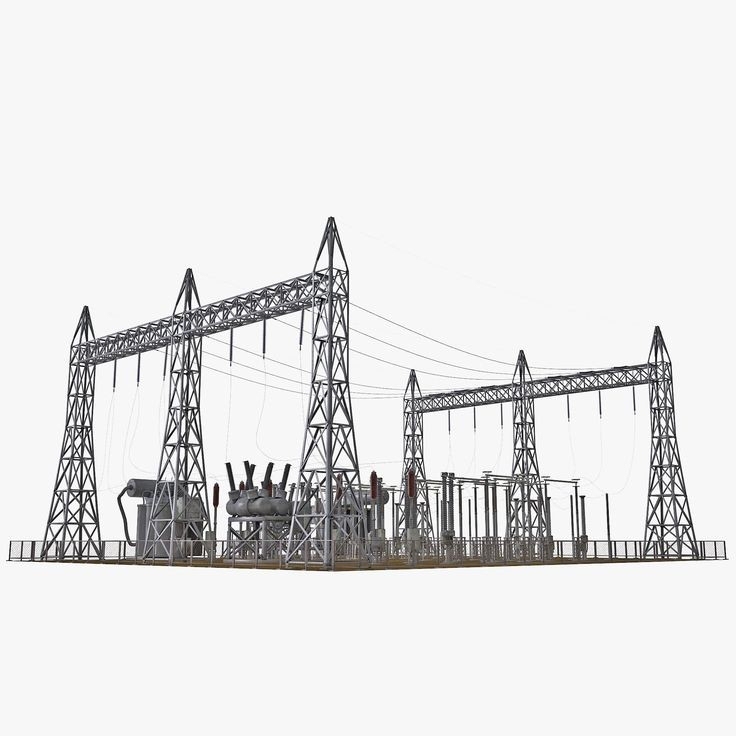The mho relay has two coils: a current coil and a voltage coil. The current coil is connected to the line, and the voltage coil is connected to the potential transformer.
The mho relay operates on the principle of admittance. Admittance is the reciprocal of impedance. Impedance is the opposition to the flow of current in an electrical circuit.
The current coil produces a magnetic field that is proportional to the current flowing through the line. The voltage coil produces a magnetic field that is proportional to the voltage across the line.
The two magnetic fields interact to produce torque on the relay. The torque is proportional to the product of the current and the voltage.
The relay operates when the torque exceeds the holding torque of the relay.
The mho relay has a characteristic impedance that is equal to the ratio of the voltage coil to the current coil. The relay operates when the impedance of the fault is equal to the characteristic impedance of the relay.
The mho relay is a directional relay, which means that it can distinguish between forward and reverse faults. The relay operates for forward faults, but it does not operate for reverse faults.
The mho relay is used to protect power lines and transformers from faults. It is typically used in conjunction with overcurrent relays, which provide backup protection in the event of a fault.
Here are some of the advantages of using mho relays:
1. They are fast-acting.
2. They are selective.
3. They are reliable.
4. They are relatively inexpensive.
Here are some of the disadvantages of using mho relays:
1. They can be affected by the load current.
2. They can be affected by harmonics.
3. They can be affected by noise.
Overall, mho relays are a valuable tool for improving the safety and reliability of electrical systems. They are a fast-acting, selective, and reliable way to protect power lines and transformers from faults.

















